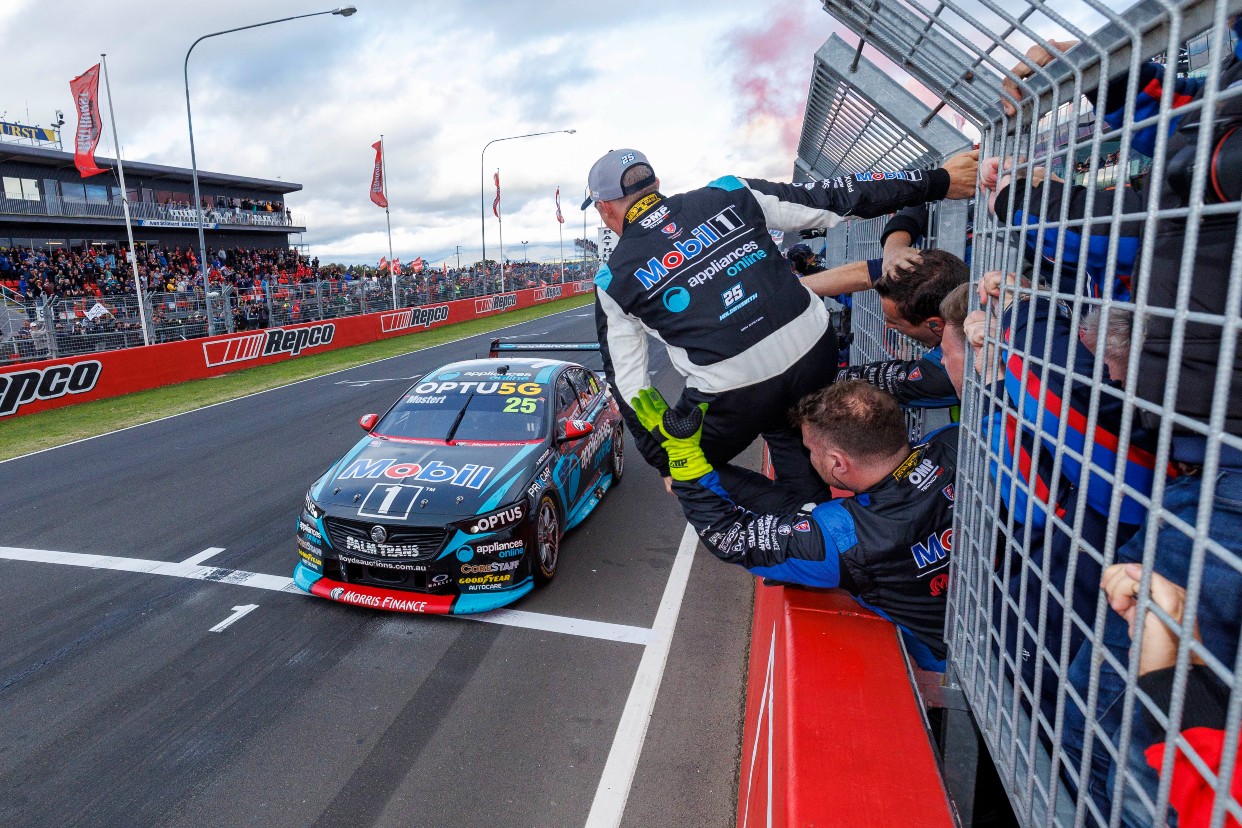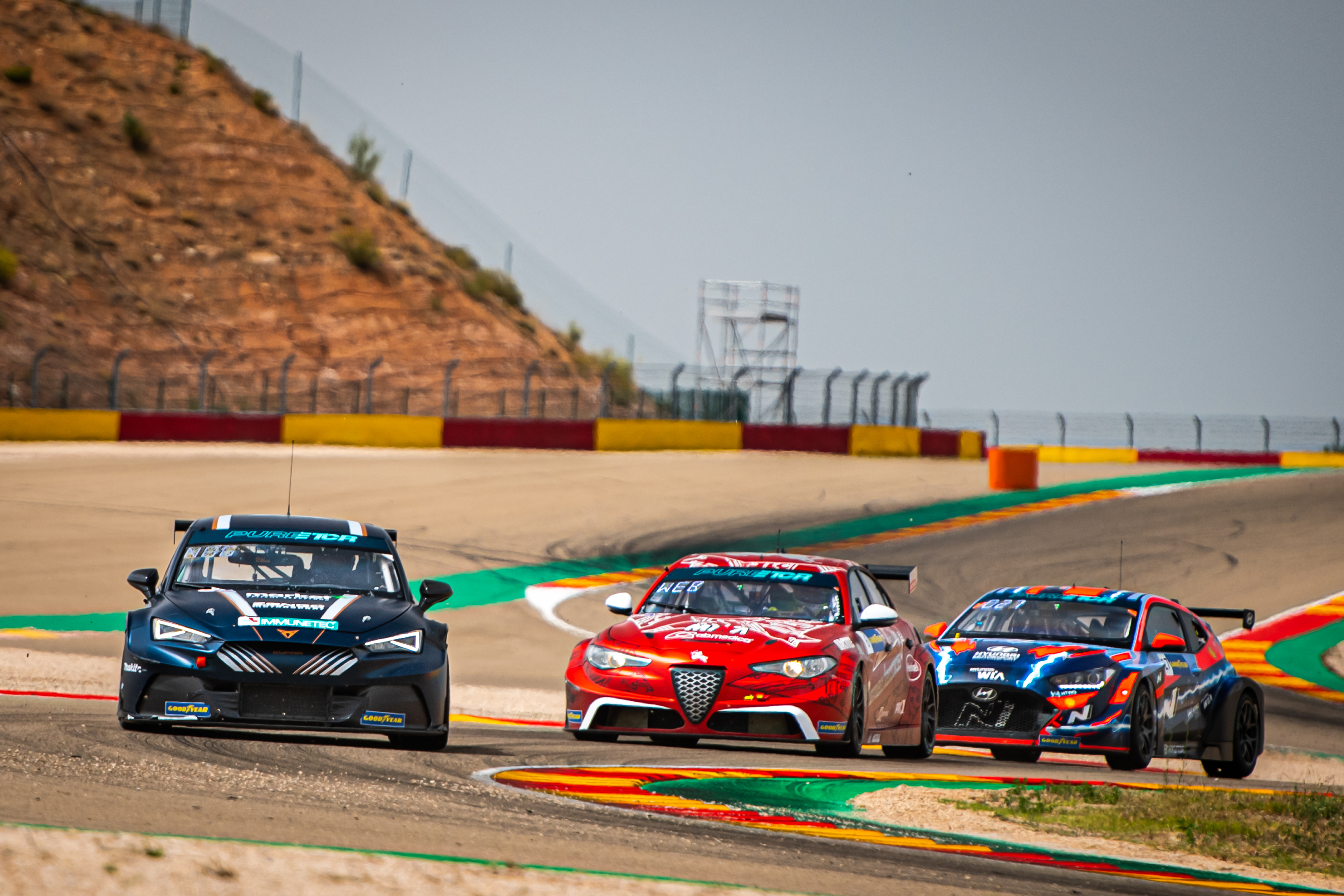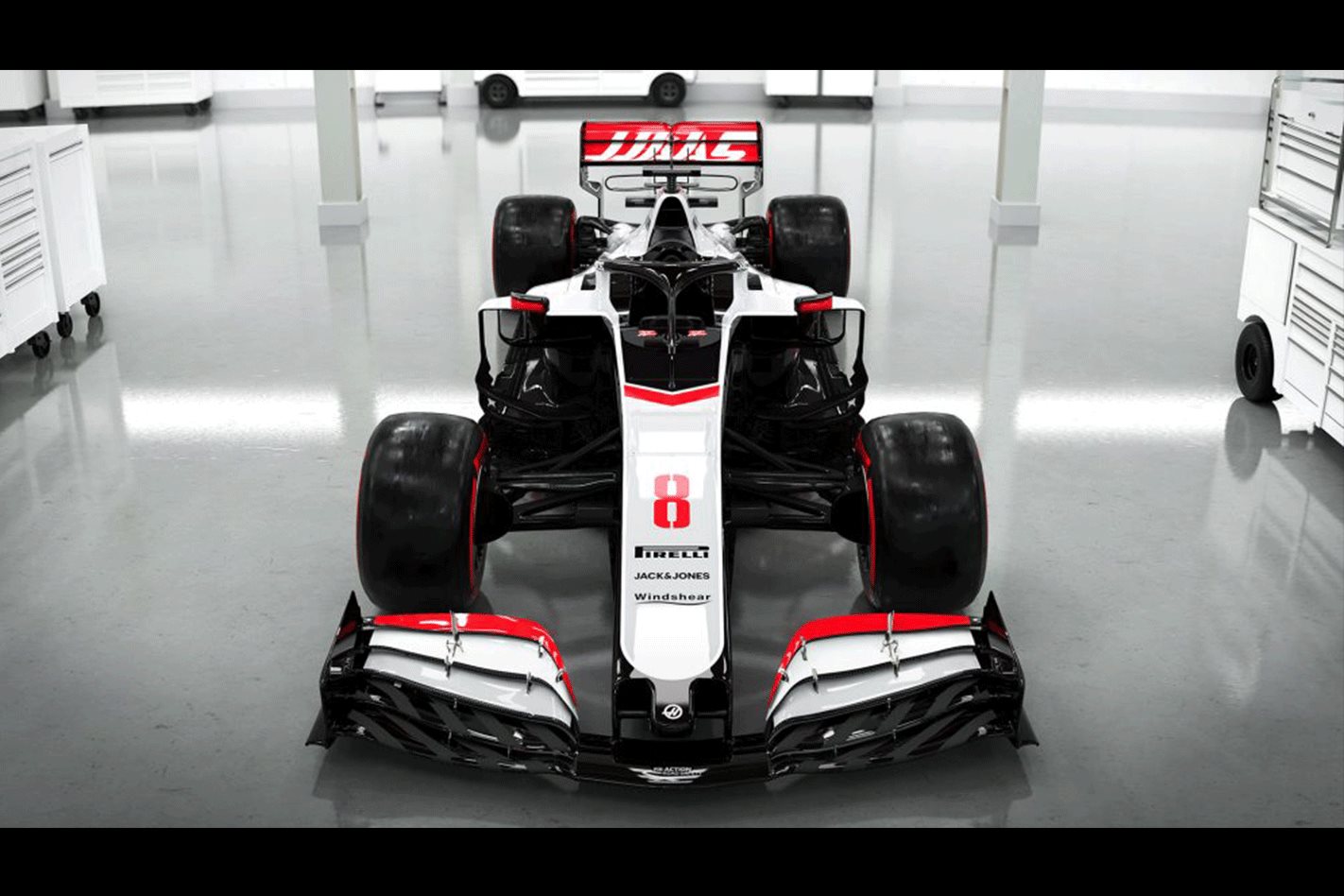
It’s a crash Formula 1 hadn’t seen the likes of for decades.
Although it’s partly a miracle, Romain Grosjean’s condition after the Bahrain GP this weekend could have been much worse if not for F1’s high safety standards.
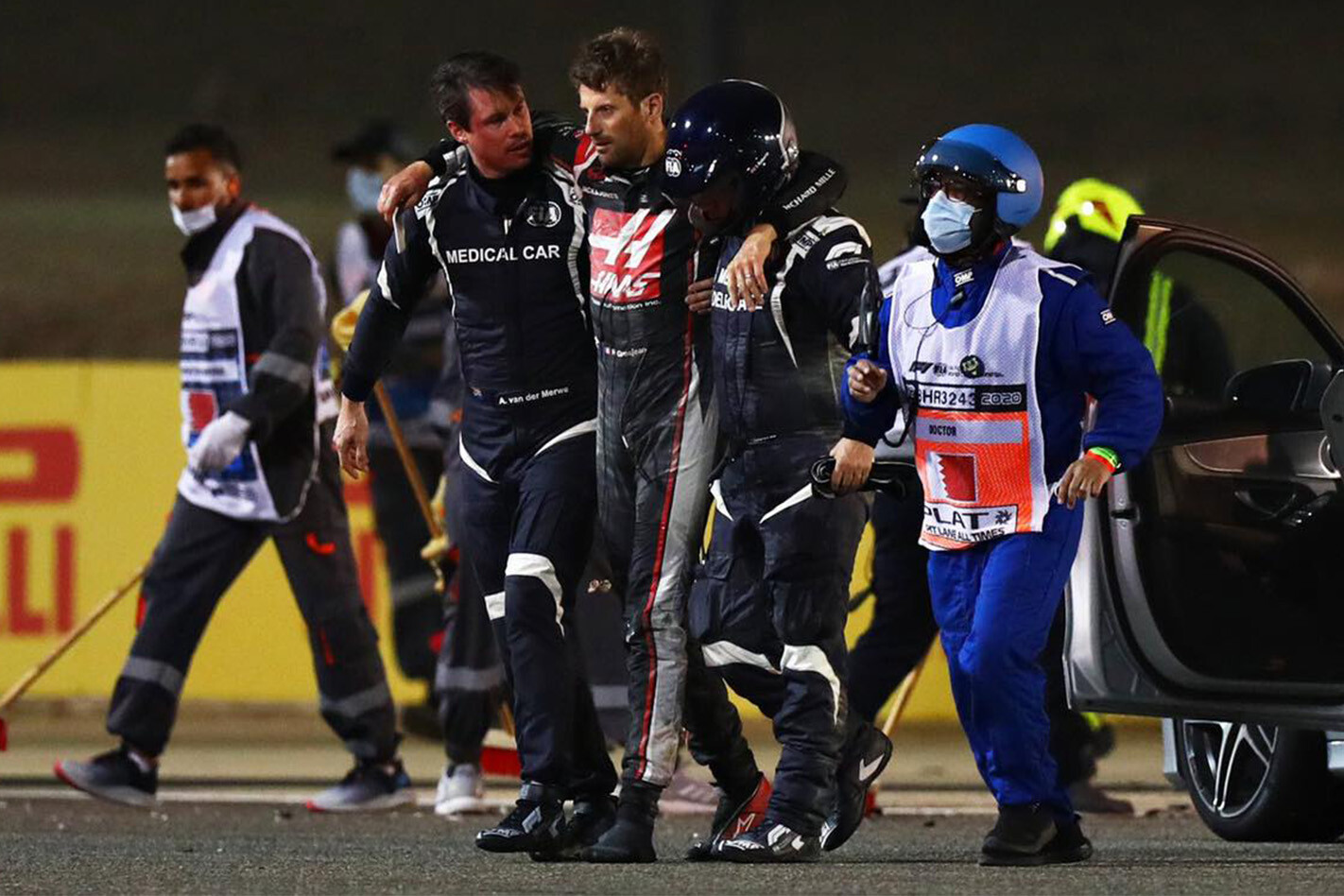
Despite the distressing event, Grosjean has come away with only burns to his hands.
We’ll learn more about what exactly happened in time, but for now, here’s our breakdown on how we were spared a tragic incident.
The crash
Amid the first-lap confusion at the back of the pack, Romain Grosjean fast approached a slowing Ferrari and McLaren.
He turned hard right to switch sides and caught Danil Kyvat’s front left tyre with the right rear side of his car.
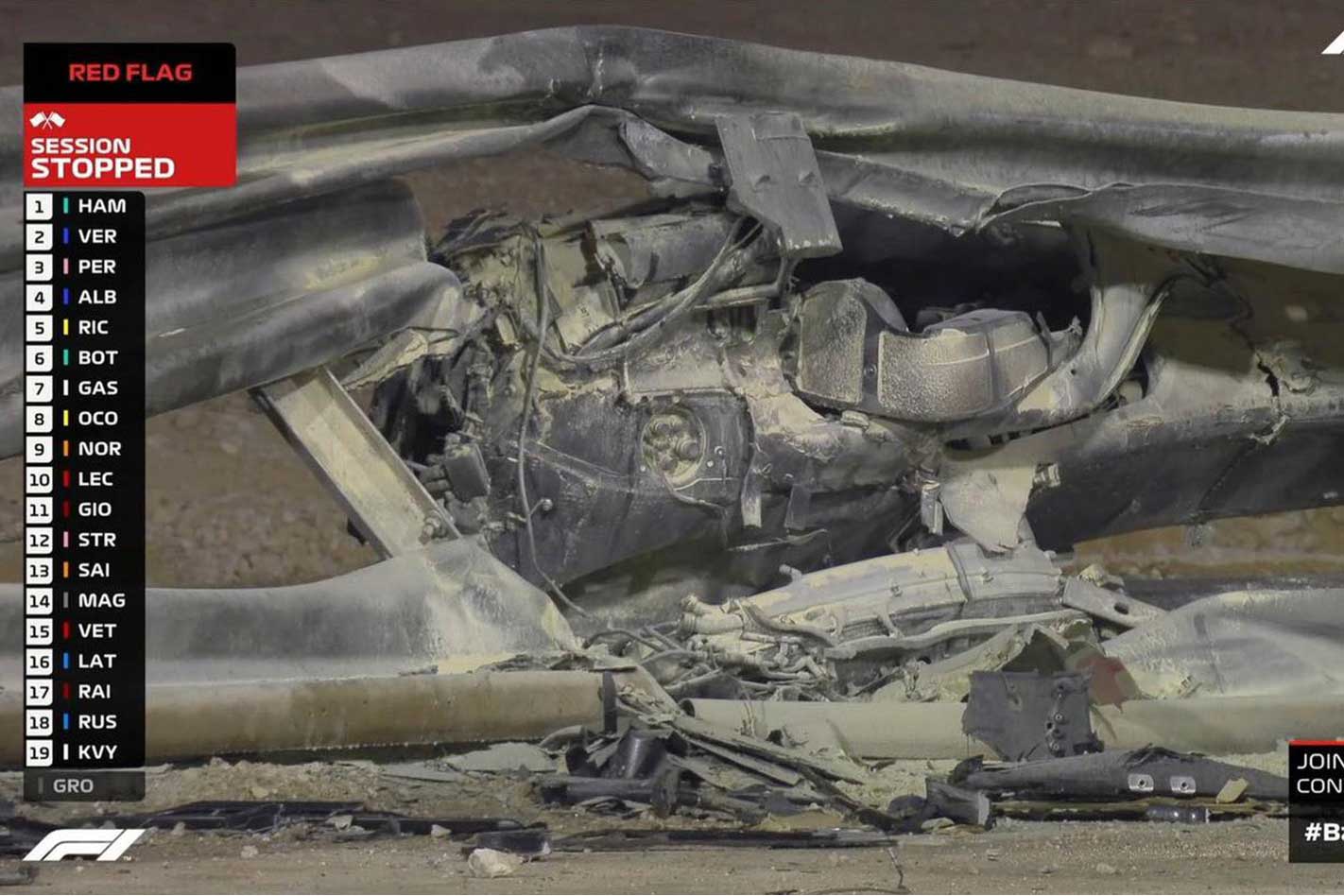
After momentarily lifting, Grosjean’s Haas was then set on a path towards the barriers at more than 200km/h.
The fiery crash that followed will be the subject of intense investigation over the next months, given the ATL-made fuel bags are designed from ballistic-grade material to avoid ruptures and therefore fires.
Key factors of survival
In all of this, it’s amazing that the carbon-fibre tub, for one, remained intact, keeping Grosjean within the safety cell.
His Haas hit the wall at 220km/h and only travelled metres after bursting through the barriers, generating huge deceleration forces.
The fact the Haas F1 car’s engine and rear structure tore away from the monocoque proves it dissipated energy properly – validating all testing and engineering invested into the core structure.
Equally important was the halo protection device compulsorily fitted to F1, F2, F3 and Formula E cars since 2018, remained intact.
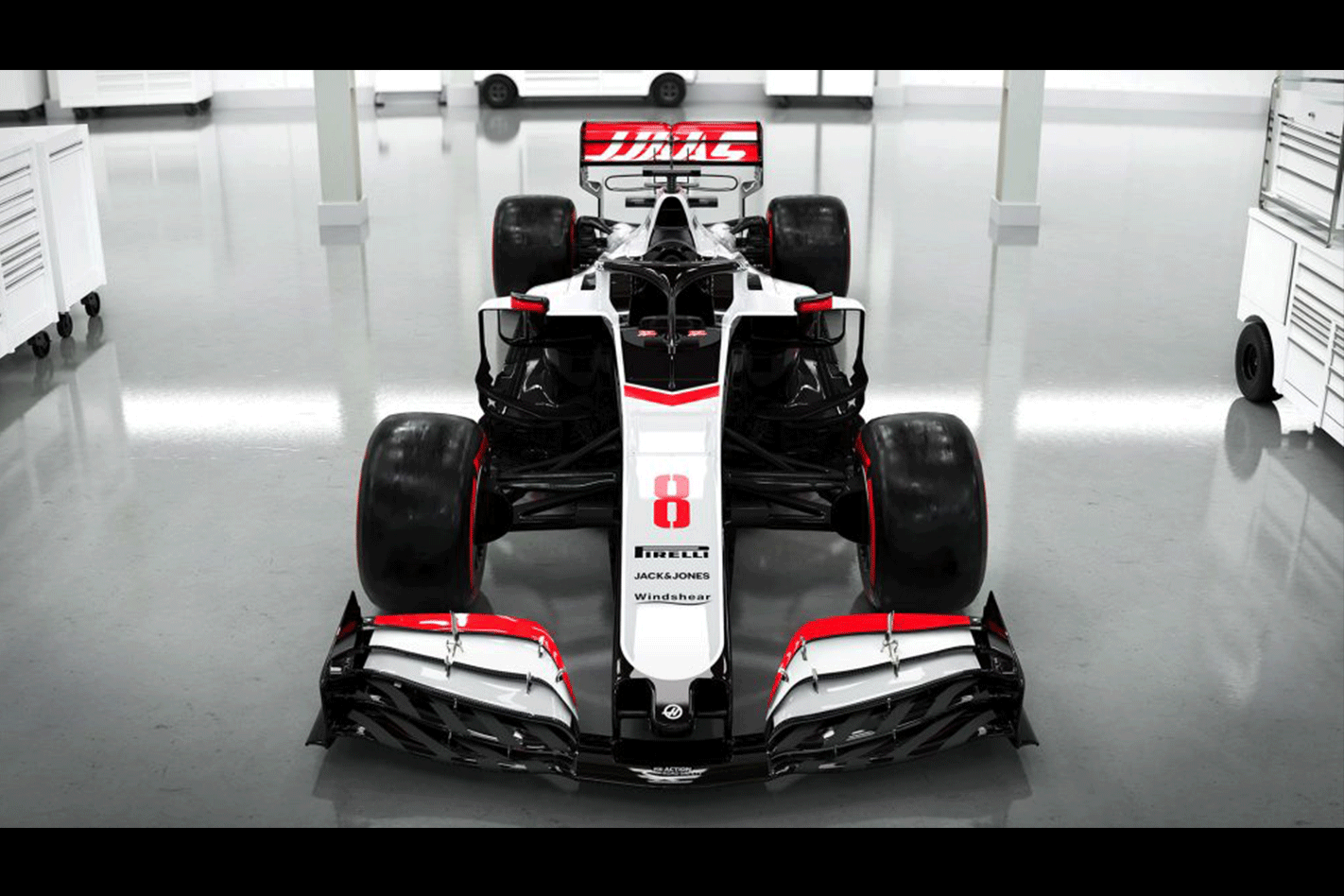
Given pictures reveal the halo’s titanium-cast centre section bore the brunt of the force, it pried open the barrier panels and spared Grosjean’s head from direct impact.
Without it, it’s widely believed Grosjean would have almost certainly perished – even with a state-of-the art carbon fibre helmet.
These factors contributed to the French driver remaining conscious and thus able to unlatch his seat belts and leap from the raging fire.
First response
While the Haas was carrying a full fuel load at the time, reported to be around 98kg-100kg, it was commentated a collector, holding much less fuel, actually ignited.
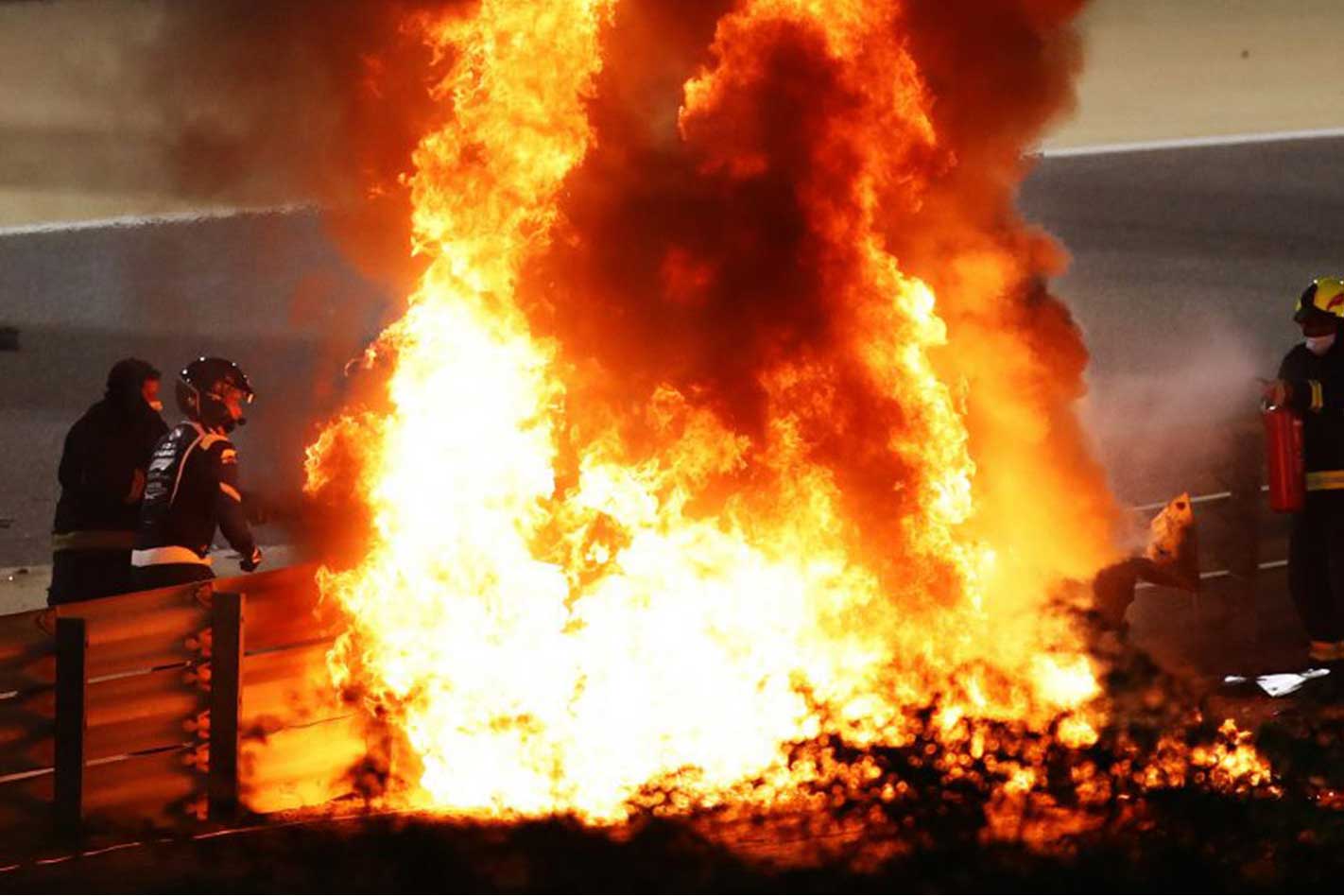
South African racer Alan Van De Merwe, who is the F1 medical car driver, arrived quickly with field doctor Ian Roberts, who first directed one of the marshals on where to point an extinguisher.
Both the marshals and Roberts showed extreme bravery. The fire extinguisher suppressed the flames just enough for him to step over and reach Grosjean.
Shaken, Grosjean was airlifted to hospital with only burns to his hands and ankles, proving that fire-proof suits, gloves, balaclavas and undergarments did their job and should never be overlooked.
As for the final word, Dr Roberts puts it well: “It just goes to show all the systems that we’ve developed, everything worked hand in hand: the halo, the barriers, the seatbelts.
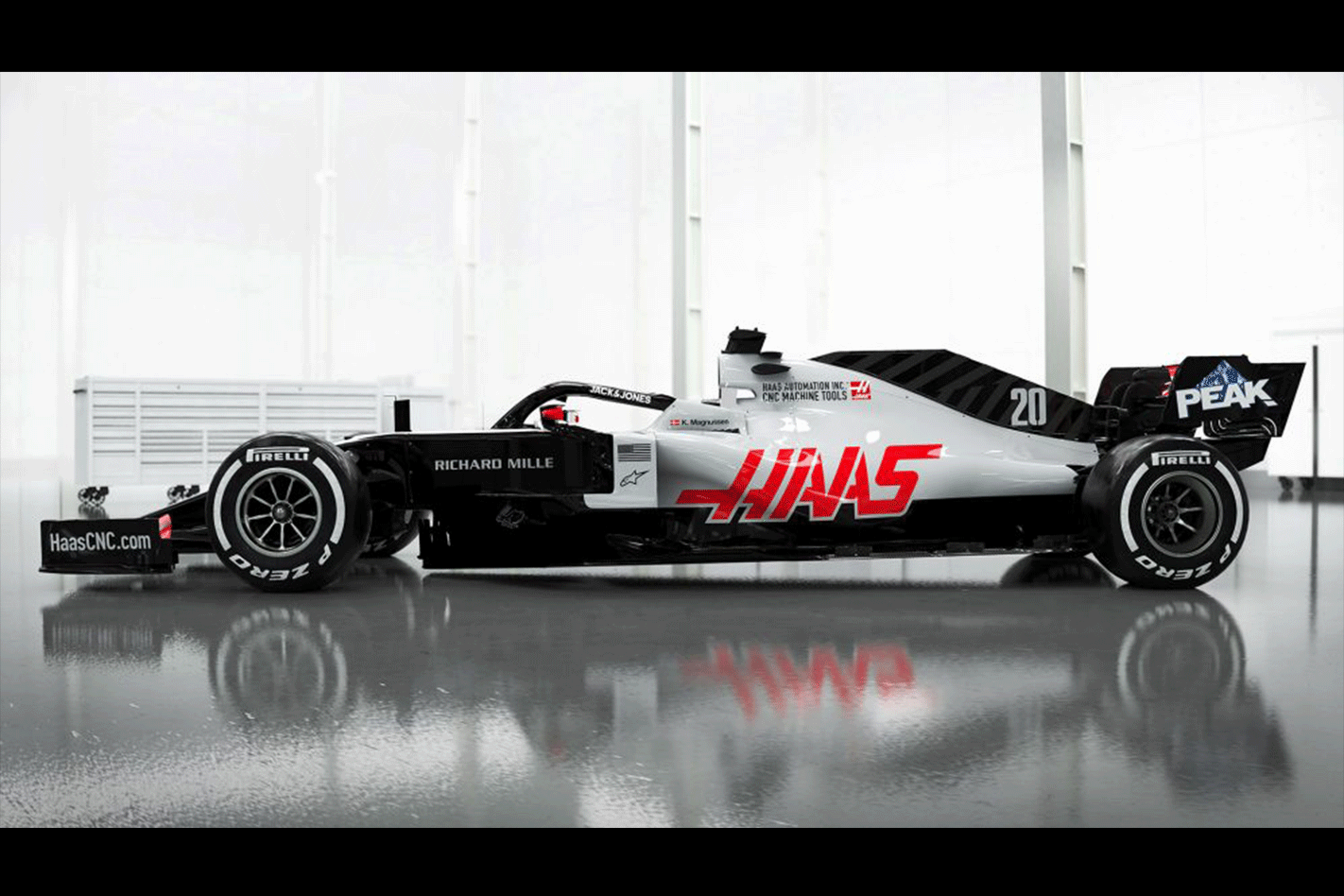
“Everything worked how it should and without just one of those things, it could have been a very different outcome.”


